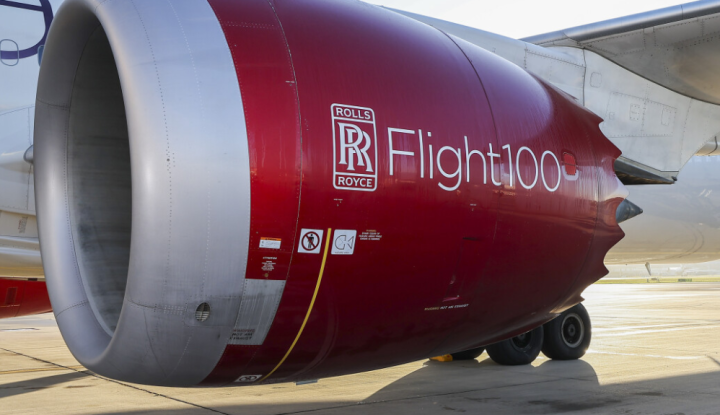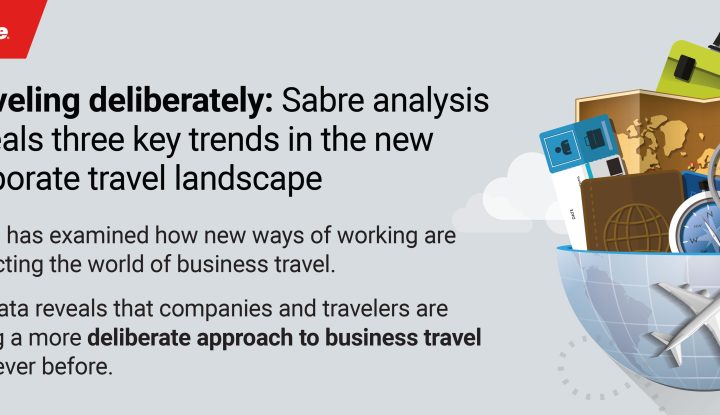Oliver Wigdahl, SVP LCC Segment, recently wrote a fascinating article on the future of LCC IT ecosystems. He discusses how LCC IT teams can evolve their tech strategies to produce better commercial results for their airlines.
I spend a lot of time cycling through the UK’s picturesque Suffolk countryside. Like all MAMILs (middle-aged men in lycra) I fantasise about pimping my ride with the latest, lightest hardware. Believe it or not, this got me thinking about the evolution of IT systems in airlines and what it means for Low-Cost Carriers. Here’s why.
Buying a new bike is not like splashing out on a new car. When you’re choosing a Kia, Toyota or Merc, it’s all about the overall package. When it comes to two wheels, however, experienced cyclists know to customise every element from frame to fork, derailleur to dustcap, in a quest for marginal gains. After all, cycling the long, flat roads of eastern England requires a different setup to a bike that bombs down the steep forest hills of Wales!
This same focus on components will continue to sweep through IT departments as airlines do a better job of linking tech strategy to their commercial goals.
Evolving at scale-pace
Let’s take a step back. We all know that LCCs will be responsible for most capacity growth in the near term. In November, Ryanair had more seats available than its pre-pandemic capacity, to name just one example.
To service this demand, we’ve heard of more than 90 new airlines recently emerging to compete with the market leaders in every region. Most LCC start-ups launch with a small tech stack, serviced by a cost-efficient in-house IT department (and vendor support), to deal with basic configuration of PSSs (passenger service systems) and simple direct distribution.
The challenge comes when it’s time to scale. As fleets grow from three to 300 aircraft, the airline’s tech and distribution needs to evolve, fast. The focus, by necessity, moves to reinforcing the stability, latency and security of its core PSS components and automating labour-intensive processes to ensure industrial strength solutions.
Airline bosses must have the flexibility in place to respond to customer needs, but only to pay for additional features when the time is right. And they’ll need a tech stack that is cost effective to service and easy to manage in-house with their lean teams.
Profit without complexity
As global travel demand returns, it’s worth casting our minds back a few years to learn what might happen next. When LCCs unbundled their products and advertised their lowest base fares, their full-service cousins had no choice but to match and compete, despite a much higher cost base.
This stimulated the market no end, introducing the concept of ‘a-la-carte’ additional services (Wizz Air has 38!), spawning a variety of new hybrid airline models and blurring the line between LCC and FSC.
Unbundling has created choice and control for the customer who is now free to spend – or save – as they like. It has also massively disrupted the way that airlines are run. Most make no money from the base fare (some run at a significant loss), with ancillary attachments driving profits instead.
The opportunity to develop and market additional high-margin products and services has never been greater for those able to grab it. Here’s what I think that looks like:
- First, on the operational side, you need to be able to scale, and scale effectively. That means driving down unit costs as you grow.
- You need a system that manages merchandising capability, delivers personalisation and offers a good customer experience for conversion and repeat business. These are the key drivers of profitability on the customer side.
- Crucially, airlines must be able to access and share the data generated from these activities. Can it be aggregated, analysed and turned into actionable insights for the rest of the business?
All of this change means additional complexity which almost always adds cost. The question for LCC bosses is: can they transform the business around ancillaries without challenging a business model that relies on ultra-low operating costs?
Making commercial sense of customer data
For me, the answer lies in the component-led model of bike manufacturing and assembly. Just as a cyclist tailors their ride to a chosen terrain, speed and style, airlines must employ a tailored toolkit that works for their commercial strategy.
As the market develops and short-haul recovers further, LCCs will need agility and flexibility to add and remove components to stay ahead of their competition. It’s all about right-sizing the tech stack based on current capacity and future modelling.
Low-Cost Carriers have never felt at home with monolithic passenger service systems. Many choose to work with a combination of best-in-class providers. However, a hodgepodge of discreet applications and service providers brought together by a small in-house IT department presents its own set of challenges.
The way the market’s heading favours a platform-based approach that allows leaders to harness data to drive their businesses. An open, agile, component/API-led ecosystem that’s feature-rich and scales fast – but only when you need it.






